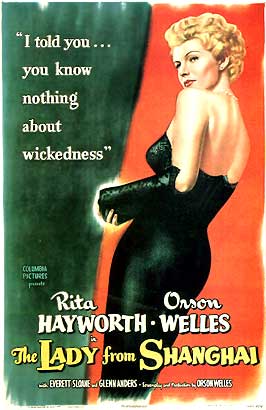☆ ☆ ☆ ☆
Just
Before Nightfall (1971) – C. Chabrol
It’s rather ghoulish in the end, but
Claude Chabrol’s film maintains suspense all the way through – despite the fact
that we know that Michel Bouquet is the murderer from the first moments. Bouquet and Stephane Audran also starred as
husband and wife in Chabrol’s earlier, excellent The Unfaithful Wife, and this
is something of a reprise or rejoinder.
Audran was Chabrol’s wife at the time and this period of his career saw
a lot of exceptional thrillers in the Hitchcockian mode. Chabrol and Eric Rohmer had earlier written a
famous book about Hitch, focusing on his Catholic interest in guilt – and guilt
also takes center stage in Just Before Nightfall. You see, despite no suspicion falling on him,
Bouquet just can’t live with himself after the possibly accidental death of his
friend’s wife during S&M play. He just wants to blurt out that he’s the
killer – this leads to a great deal of suspense. Somehow, though, you just can’t see that
ending coming. But it is entirely consistent with Chabrol’s wicked sense of
humor.







